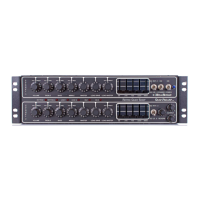
Do you have a question about the Mesa/Boogie QUAD PRE-AMP and is the answer not in the manual?
| Brand | Mesa/Boogie |
|---|---|
| Model | QUAD PRE-AMP |
| Category | Amplifier |
| Language | English |
Welcomes users, introduces the Quad Pre-amp and its features, emphasizing tonal freedom.
Specifies required power amps (Simul Class 295 or Strategy 400) for optimal use.
Highlights the unique reverb system with two tanks for depth and smooth decay.
Describes the clean, sparkling rhythm sound with pull shifts for tonal flexibility.
Describes the classic lead tone with high gain, sustain, and pull shifts.
Describes the versatile crunch rhythm sound with ample gain and pull shifts.
Describes the extreme high gain lead sound, offering exceptional sustain and touch sensitivity.
Explains the powerful volume knob's role in gain, signal level, and interaction with modes.
Enhances sparkle and dimension in sounds, especially clean rhythms, with pull-shift.
Details the Treble knob's impact and its pull-shift function for tone shaping and gain.
Explains the Bass knob and its pull-shift ('Breath Control') for warmth and depth.
Describes the Middle control's role in adding midrange warmth, especially with other tone controls.
Accentuates bass frequencies for a deeper, more robust bottom end, distinct from Bass Shift.
Manages overall output levels for rhythm/lead modes and effects send.
Adjusts gain, sustain, and sensitivity for lead modes, offering bluesy to metal tones.
Adds searing top end and gain to lead modes, potentially causing feedback at high settings.
Details the onboard 5-band EQs, their manual and preset activation, and creative usage.
Mixes dry and wet signals for a natural reverb sound, with cancel/boost functions.
Sets final output level to power amps for optimal signal-to-noise ratio.
Controls the unit's AC power and indicates operational status.
Describes standby function, mode/EQ indicators, and power-up behavior.
Explains the digital logic footswitch for accessing modes and equalizers instantly.
Details the main mono 1/4-inch instrument input jack.
Details the stereo effects loop (send/return) and level interfacing with external gear.
Explains using external switches or MIDI systems to control modes, EQs, and reverb.
Describes stereo outputs capturing both channels for power amps and effects.
Provides direct EQ'd signal for studio use, simulating power amp and speaker sound.
Covers the AC power protection fuse and the standard line cord.
Concludes with tips for using the manual, encouraging exploration, and offering support.
Provides specific knob settings for a versatile sound profile combining clean and high-gain tones.
Offers settings for a different tonal character, emphasizing higher gain and saturation.
Provides settings for clean rhythm sounds and distinct singing/bluesy lead tones.
Details settings for clean chording, single note, and warm lead sounds.
Offers settings for jazz rhythm, warm clean tones, and soft clipping lead.
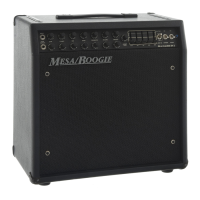
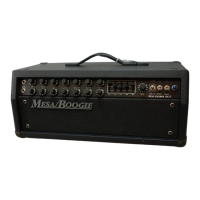
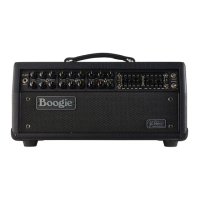
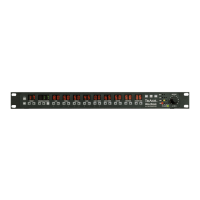
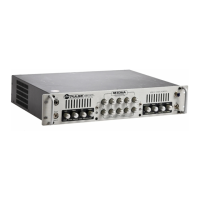
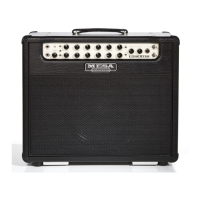
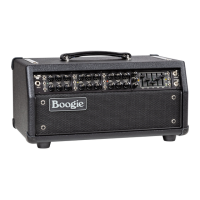
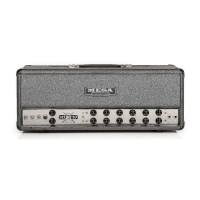
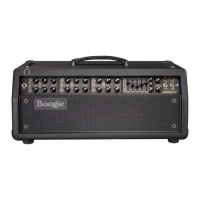
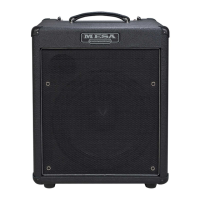
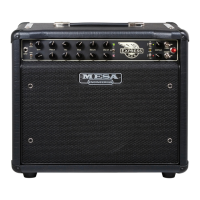
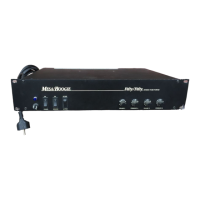
